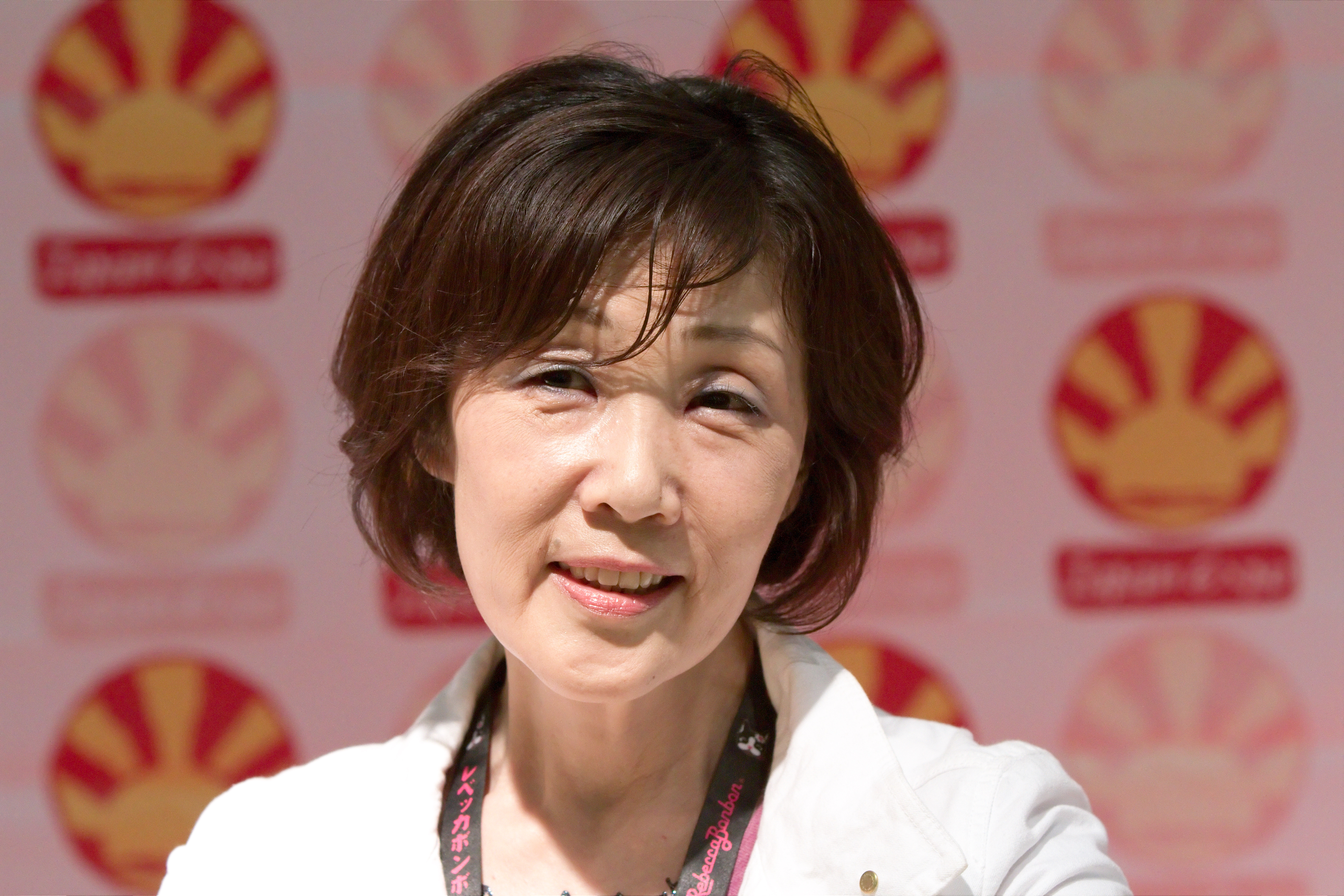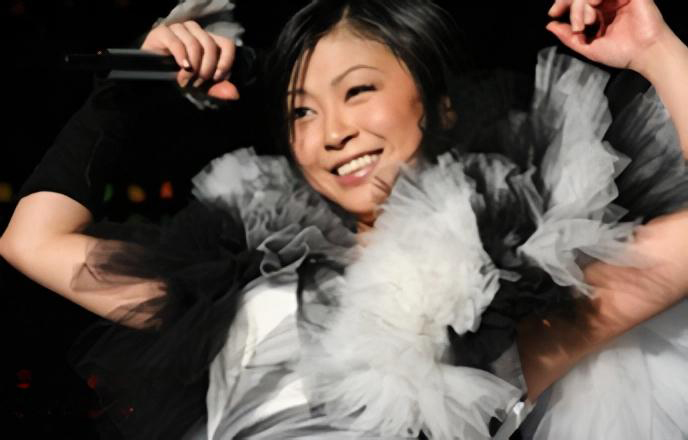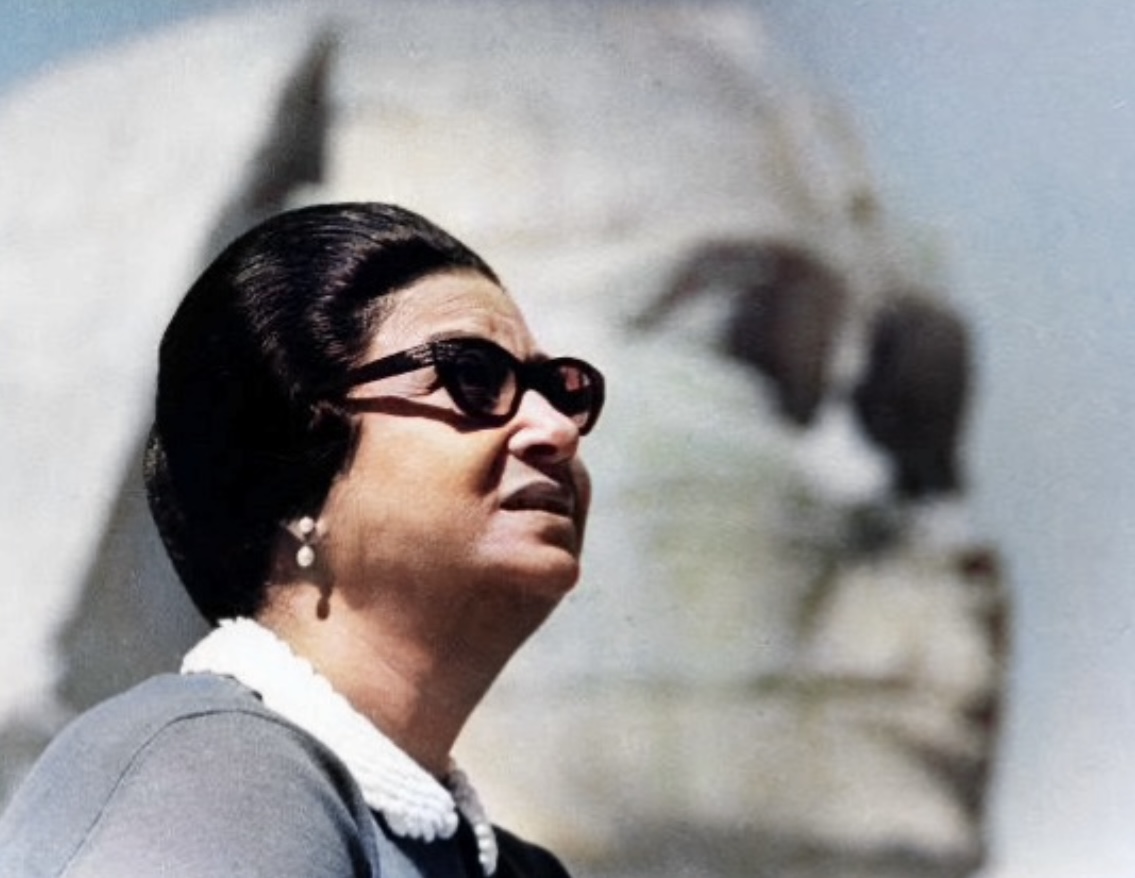|
Mukokuseki
''Mukokuseki'' (Japanese: ) is the Japanese language, Japanese term for "statelessness" or "nationlessness". The term is sometimes used to describe fictional characters depicted without a concrete ethnicity or nationality, particularly in anime and manga. It is commonly invoked in criticism of Japanese media. It is thought to be particularly significant in the context of foreign influences on Japanese entertainment properties as well as the subsequent marketing of such properties towards non-Japanese audiences.Bîrlea, Oana-Maria. "Soft Power: 'Cute Culture', a Persuasive Strategy in Japanese Advertising." ''Trames'': A Journal of the Humanities & Social Sciences, vol. 27, no. 3, July 2023, pp. 311–324. EBSCO, Notable examples of ''mukokuseki'' characters include Hello Kitty, Light Yagami,Altiok, Revna.What Is Mukokuseki in Anime – And Why Is It Important? from ''Comic Book Resources'', 24 June 2022. and Mario,Zhang, X., & Song, H. (2023). The Mukokuseki Strategy and the App ... [...More Info...] [...Related Items...] OR: [Wikipedia] [Google] [Baidu] |
Anime
is a Traditional animation, hand-drawn and computer animation, computer-generated animation originating from Japan. Outside Japan and in English, ''anime'' refers specifically to animation produced in Japan. However, , in Japan and in Japanese, describes all animated works, regardless of style or origin. Many works of animation with a Anime-influenced animation, similar style to Japanese animation are also produced outside Japan. Video games sometimes also feature themes and art styles that are sometimes labelled as anime. The earliest commercial Japanese animation dates to 1917. A characteristic art style emerged in the 1960s with the works of cartoonist Osamu Tezuka and spread in the following decades, developing a large domestic audience. Anime is distributed theatrically, through television broadcasts, Original video animation, directly to home media, and Original net animation, over the Internet. In addition to original works, anime are often adaptations of Japanese ... [...More Info...] [...Related Items...] OR: [Wikipedia] [Google] [Baidu] |
Glossary Of Anime And Manga
The following is a glossary of terms that are specific to anime and manga. Anime includes animated series, films and videos, while manga includes graphic novels, drawings and related artwork. ''Note: Japanese words that are used in general (e.g. ''oniisan'', ''kawaii'' and '' senpai'') are not included on this list, unless a description with a reference for notability can be provided that shows how they relate.'' Character traits * : Refers to any noticeable strand of hair which sticks in a different direction from the rest of an anime/manga character's hair. * : Beautiful young woman. * : Japanese aesthetic concept of the ideally beautiful young man: androgynous, effeminate or gender-ambiguous. In Japan, it refers to youth with such characteristics, while in Europe and the Americas, it has become a generic term for attractively androgynous males of all ages. * : typically used to describe early teens who have delusions of grandeur and have convinced themselves they have hid ... [...More Info...] [...Related Items...] OR: [Wikipedia] [Google] [Baidu] |
Mario
Mario (; ) is a Character (arts), character created by the Japanese game designer Shigeru Miyamoto. He is the star of the ''Mario (franchise), Mario'' franchise, a recurring character in the ''Donkey Kong'' franchise, and the mascot of the Japanese video game company Nintendo. Mario is an Italian plumber who lives in the Mushroom Kingdom with his younger twin brother, Luigi. Their adventures generally involve rescuing Princess Peach from the villain Bowser while using power-ups that give them different abilities. Mario is distinguished by his large nose and mustache, overalls, red cap, and high-pitched, exaggerated Italian accent. Mario debuted as the player character of ''Donkey Kong (1981 video game), Donkey Kong'', a 1981 platform game. Miyamoto created Mario because Nintendo was unable to license Popeye as the protagonist. The graphical limitations of arcade cabinet, arcade hardware influenced Mario's design, such as his nose, mustache, and overalls, and he was named after ... [...More Info...] [...Related Items...] OR: [Wikipedia] [Google] [Baidu] |
Hello Kitty
, also known by her real name , is a fictional character created by Yuko Shimizu, currently designed by Yuko Yamaguchi, and owned by the Japanese company Sanrio. Sanrio depicts Hello Kitty as a British anthropomorphized white cat with a red bow and no visible mouth. According to her backstory, she lives in a London suburb with her family, and is close to her twin sister Mimmy, who is depicted with a yellow bow. Hello Kitty was created in 1974 and the first item, a vinyl coin purse, was introduced in 1975. Originally, Hello Kitty was only marketed towards pre-teenage girls, but beginning in the 1990s, the brand found commercial success among teenage and adult consumers as well. Hello Kitty's popularity also grew with the emergence of ''kawaii'' (cute) culture. The brand went into decline in Japan after the 1990s, but continued to grow in the international market. By 2010, the character was worth a year and ''The New York Times'' called her a "global marketing phenomenon". S ... [...More Info...] [...Related Items...] OR: [Wikipedia] [Google] [Baidu] |
Anti-Japanese Sentiment
Anti-Japanese sentiment (also called Japanophobia, Nipponophobia and anti-Japanism) is the fear or dislike of Japan or Japanese culture. Anti-Japanese sentiment can take many forms, from antipathy toward Japan as a country to racist hatred of Japanese people. Overview Anti-Japanese sentiments range from animosity towards the Japanese government's actions during the Second Sino-Japanese War and World War II, to disdain for Japanese culture, or to racism against the Japanese people. Sentiments of dehumanization have been fueled by the anti-Japanese propaganda of the Allied governments in World War II; this propaganda was often of a racially disparaging character. Anti-Japanese sentiment may be strongest in Korea and China, due to atrocities committed by the Imperial Japanese military. In the past, anti-Japanese sentiment contained innuendos of Japanese people as barbaric. Following the Meiji Restoration of 1868, Japan was intent to adopt Western ways in an attempt t ... [...More Info...] [...Related Items...] OR: [Wikipedia] [Google] [Baidu] |
Japanese War Crimes
During its imperial era, Empire of Japan, Japan committed numerous war crimes and crimes against humanity across various Asian-Pacific nations, notably during the Second Sino-Japanese War, Second Sino-Japanese and Pacific Wars. These incidents have been referred to as "the Asian The Holocaust, Holocaust" and "Japan's Holocaust", and also as the "Rape of Asia". The crimes occurred during the early part of the Shōwa era, under Hirohito's reign. The Imperial Japanese Army (IJA) and the Imperial Japanese Navy (IJN) were responsible for a multitude of war crimes leading to millions of deaths. War crimes ranged from sexual slavery and massacres to human experimentation, torture, starvation, and forced labor, all either directly committed or condoned by the Japanese military and government. Evidence of these crimes, including oral testimonies and written records such as diaries and war journals, has been provided by Japanese veterans. The Japanese political and military leadership kn ... [...More Info...] [...Related Items...] OR: [Wikipedia] [Google] [Baidu] |
One China
''One China'' is a phrase describing the relationship between the People's Republic of China (PRC) based on mainland China, and the Republic of China (ROC) based on the Taiwan Area. "One China" asserts that there is only one ''de jure'' Chinese nation, despite the ''de facto'' division between the Two Chinas, two rival governments in the aftermath of the Chinese Civil War. The term may refer, in alphabetical order, to one of the following: * The ''One China policy'' refers to a United States policy of Policy of deliberate ambiguity, strategic ambiguity regarding Taiwan. In a Shanghai Communiqué, 1972 joint communiqué with the PRC, the United States "acknowledges that all Chinese on either side of the Taiwan Strait maintain there is but one China and that Taiwan is a part of China" and "does not challenge that position." It reaffirms the U.S. interest in a peaceful settlement of the Political status of Taiwan, Taiwan question. The United States has formal relations with the ... [...More Info...] [...Related Items...] OR: [Wikipedia] [Google] [Baidu] |
Susan J
Susan is a feminine given name, the usual English version of Susanna or Susannah. All are versions of the Hebrew name Shoshana, which is derived from the Hebrew ''shoshan'', meaning ''lotus flower'' in Egyptian, original derivation, and several other languages. Variations * Susana, Susanna (or Suzanna), Susannah, Suzana, Suzannah * Susann, Sussan, Suzan, Suzann * Susanne, Suzanne * Susanne * Suzan * Suzanne * Suzette * Susie, Suzy Nicknames Common nicknames for Susan include: * Sue, Susie, Susi (German), Suzi, Suzy, Suzie, Suze, Sanna, Suzie, Sookie, Sukie Sukie are an English four piece indie band from Kettering, Northamptonshire, England, who formed in March 2006. They had a number one on the UK Indie Chart in 2008 with the double a-side "Pink-A-Pade" / "Fairies". Following the split of the band, ..., Sukey, Subo, Suus (Dutch), Shanti In other languages * Albanian and * * , or * * , or * * , or * Catalan, Estonian and * ** * Czech and ... [...More Info...] [...Related Items...] OR: [Wikipedia] [Google] [Baidu] |
J-pop
J-pop (often stylized in all caps; an abbreviated form of "Japanese popular music"), natively known simply as , is the name for a form of popular music that entered the musical mainstream of Japan in the 1990s. Modern J-pop has its roots in traditional music of Japan, and significantly in 1960s in music, 1960s pop music, pop and rock music. J-pop replaced ''kayōkyoku'' ("Lyric Singing Music"), a term for Japanese popular music from the 1920s to the 1980s in the Japanese music scene. Japanese rock bands such as Happy End (band), Happy End fused the Beatles and Beach Boys-style rock with Japanese music in the 1960s1970s. J-pop was further defined by New wave music, new wave and Crossover music, crossover Jazz fusion, fusion acts of the late 1970s, such as Yellow Magic Orchestra and Southern All Stars. () Popular styles of Japanese pop music include city pop and technopop during the 1970s1980s, and Eurobeat#J-Euro, J-Euro (such as Namie Amuro) and Shibuya-kei during the 1990s and 2 ... [...More Info...] [...Related Items...] OR: [Wikipedia] [Google] [Baidu] |
Soft Power
In politics (and particularly in international politics), soft power is the ability to co-option, co-opt rather than coerce (in contrast with hard power). It involves shaping the preferences of others through appeal and attraction. Soft power is non-coercive, using culture, political Value (ethics), values, and foreign policies to enact change. In 2012, Joseph Nye of Harvard University explained that with soft power, "the best propaganda is not propaganda", further explaining that during the Information Age, "credibility is the scarcest resource". Nye popularised the term in his 1990 book, ''Bound to Lead: The Changing Nature of American Power''. In this book he wrote: "when one country gets other countries to want what it wants might be called co-optive or soft power in contrast with the hard or command power of ordering others to do what it wants". He further developed the concept in his 2004 book, ''Soft Power: The Means to Success in World Politics''. Explanation of concept ... [...More Info...] [...Related Items...] OR: [Wikipedia] [Google] [Baidu] |
Japanese Youth Culture
Japanese society hosts a number of popular youth cultures. Fashion subcultures among children and teenagers include Japanese idol, visual kei, Gothic Lolita, Nagoya kei and gyaru. History A distinct youth culture began in the mid-1980s with the style visual kei with bands such as D'erlanger, X Japan and Buck-Tick. In the 1990s the idol began with idol group Morning Musume. Other cultures for youth was Nagoya kei and Gothic Lolita. The youth culture in Japan began in the 1980s with cultures such as Japanese idol and visual kei. Japanese idol groups such as Cute, Morning Musume and Arashi began in the youth fans and teen fans. Visual kei bands such as An Cafe, Ayabie and Lynch. began with more fans of youth and teen and girl groups AKB48 and Berryz Kobo sing at more concerts in the Asia, USA and Europe. The gyaru began in the 2000s as youth culture and ''gyaru'' began in the song "Watchin' Girl" from alternative rock band Shonen Knife and Gothic Lolita began as youth culture ... [...More Info...] [...Related Items...] OR: [Wikipedia] [Google] [Baidu] |
White Anglo-Saxon Protestant
In the United States, White Anglo-Saxon Protestants or Wealthy Anglo-Saxon Protestants (WASP) is a Sociology, sociological term which is often used to describe White Americans, white Protestantism in the United States, Protestant Americans of English Americans, English, or more broadly British people, British, descent who are generally part of the white dominant culture or American upper class, upper-class and historically often the Mainline Protestant ruling class, elite. Some sociologists and commentators use ''WASP'' more broadly to include all White Protestant Americans of Northwestern European and Northern European ancestry. It was seen to be in exclusionary contrast to Catholics, Jews, Irish, immigrants, southern or eastern Europeans, and the non-White. WASPs have dominated American society, culture, and politics for most of the history of the United States. Critics have disparaged them as "The Establishment". Although the social influence of wealthy WASPs has declined sinc ... [...More Info...] [...Related Items...] OR: [Wikipedia] [Google] [Baidu] |








